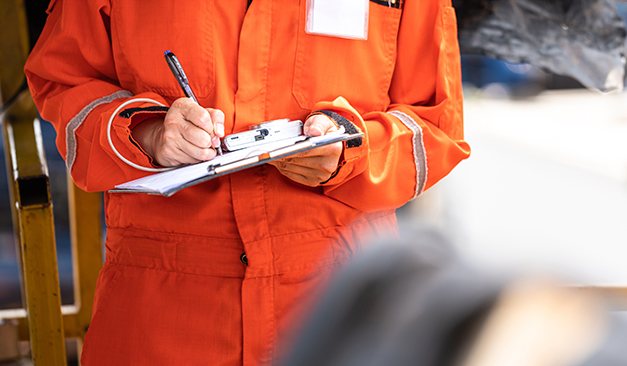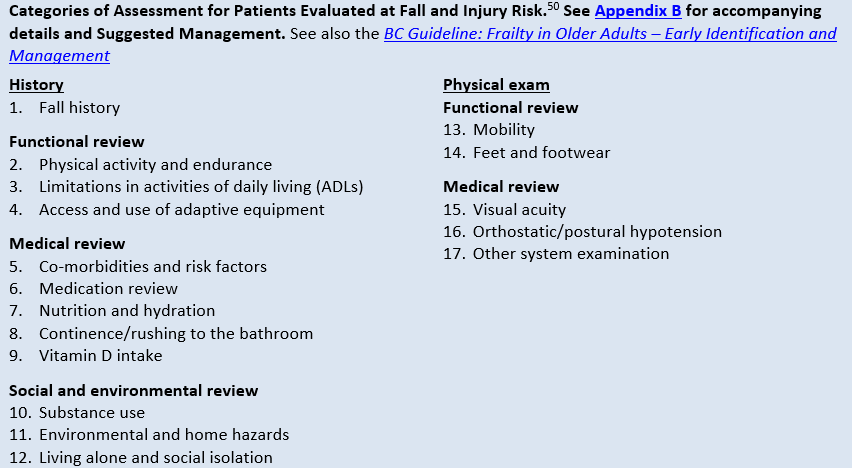The Best Strategy To Use For Dementia Fall Risk
Dementia Fall Risk for Beginners
Table of ContentsGetting My Dementia Fall Risk To WorkTop Guidelines Of Dementia Fall RiskDementia Fall Risk Fundamentals ExplainedRumored Buzz on Dementia Fall Risk
A loss risk analysis checks to see just how likely it is that you will certainly drop. It is mainly done for older adults. The analysis usually includes: This consists of a series of inquiries about your overall health and wellness and if you have actually had previous falls or issues with equilibrium, standing, and/or strolling. These tools evaluate your stamina, equilibrium, and stride (the means you walk).Treatments are suggestions that may reduce your threat of falling. STEADI includes 3 steps: you for your threat of dropping for your risk variables that can be enhanced to try to prevent falls (for example, equilibrium issues, impaired vision) to minimize your risk of dropping by making use of effective strategies (for instance, offering education and learning and resources), you may be asked numerous questions consisting of: Have you fallen in the past year? Are you stressed regarding dropping?
If it takes you 12 seconds or more, it may suggest you are at greater threat for a fall. This test checks stamina and equilibrium.
Move one foot halfway ahead, so the instep is touching the huge toe of your various other foot. Relocate one foot completely in front of the various other, so the toes are touching the heel of your various other foot.
The Definitive Guide to Dementia Fall Risk
The majority of falls take place as a result of multiple contributing variables; therefore, taking care of the risk of dropping begins with recognizing the elements that add to fall risk - Dementia Fall Risk. A few of one of the most appropriate threat factors include: Background of prior fallsChronic medical conditionsAcute illnessImpaired stride and balance, lower extremity weaknessCognitive impairmentChanges in visionCertain risky drugs and polypharmacyEnvironmental elements can likewise raise the risk for falls, consisting of: Poor lightingUneven or damaged flooringWet or slippery floorsMissing or harmed hand rails and grab barsDamaged or incorrectly equipped tools, such as beds, wheelchairs, or walkersImproper use assistive devicesInadequate guidance of the individuals staying in the NF, including those who show hostile behaviorsA successful autumn risk monitoring program requires a complete clinical assessment, with input from all members of the interdisciplinary team

The treatment plan ought to likewise include treatments that are system-based, such as those that advertise a secure atmosphere (suitable lighting, hand rails, order bars, etc). The efficiency of the you can try this out interventions should be evaluated occasionally, and the treatment plan changed as needed to show changes in the loss danger assessment. Implementing a loss threat monitoring system utilizing evidence-based best method can reduce the frequency of drops in the NF, while limiting the capacity for fall-related injuries.
Dementia Fall Risk for Dummies
The AGS/BGS standard suggests screening all adults matured 65 years and older for fall danger annually. This screening is composed of asking patients whether they have dropped 2 or even more times in the previous year or looked for medical interest for a loss, or, if they have actually not fallen, whether they feel unstable when strolling.
People who have dropped when without injury needs to have their balance and gait assessed; those with gait or equilibrium irregularities should get extra analysis. A background of 1 loss without injury and without stride or equilibrium problems does not require additional analysis beyond continued annual autumn danger screening. Dementia Fall Risk. An autumn danger evaluation is needed as part of the Welcome to Medicare assessment

Some Known Details About Dementia Fall Risk
Recording a falls background is one of the high quality indications for autumn avoidance and monitoring. An important component of risk analysis is a medicine evaluation. Several courses of drugs enhance loss danger (Table 2). copyright drugs particularly are independent forecasters of falls. These medicines have a tendency to be sedating, modify the sensorium, and impair balance and gait.
Postural hypotension can commonly be alleviated by decreasing the dosage of blood pressurelowering medicines and/or quiting drugs that have orthostatic hypotension as an adverse effects. Use of above-the-knee support tube and sleeping with the head of the bed raised may likewise minimize postural reductions in blood pressure. The suggested elements of a fall-focused physical evaluation are received Box 1.

A Pull time better than or equivalent to 12 seconds suggests high fall threat. Being not able to stand up from a chair of knee discover this elevation without making use of one's arms shows enhanced loss threat.